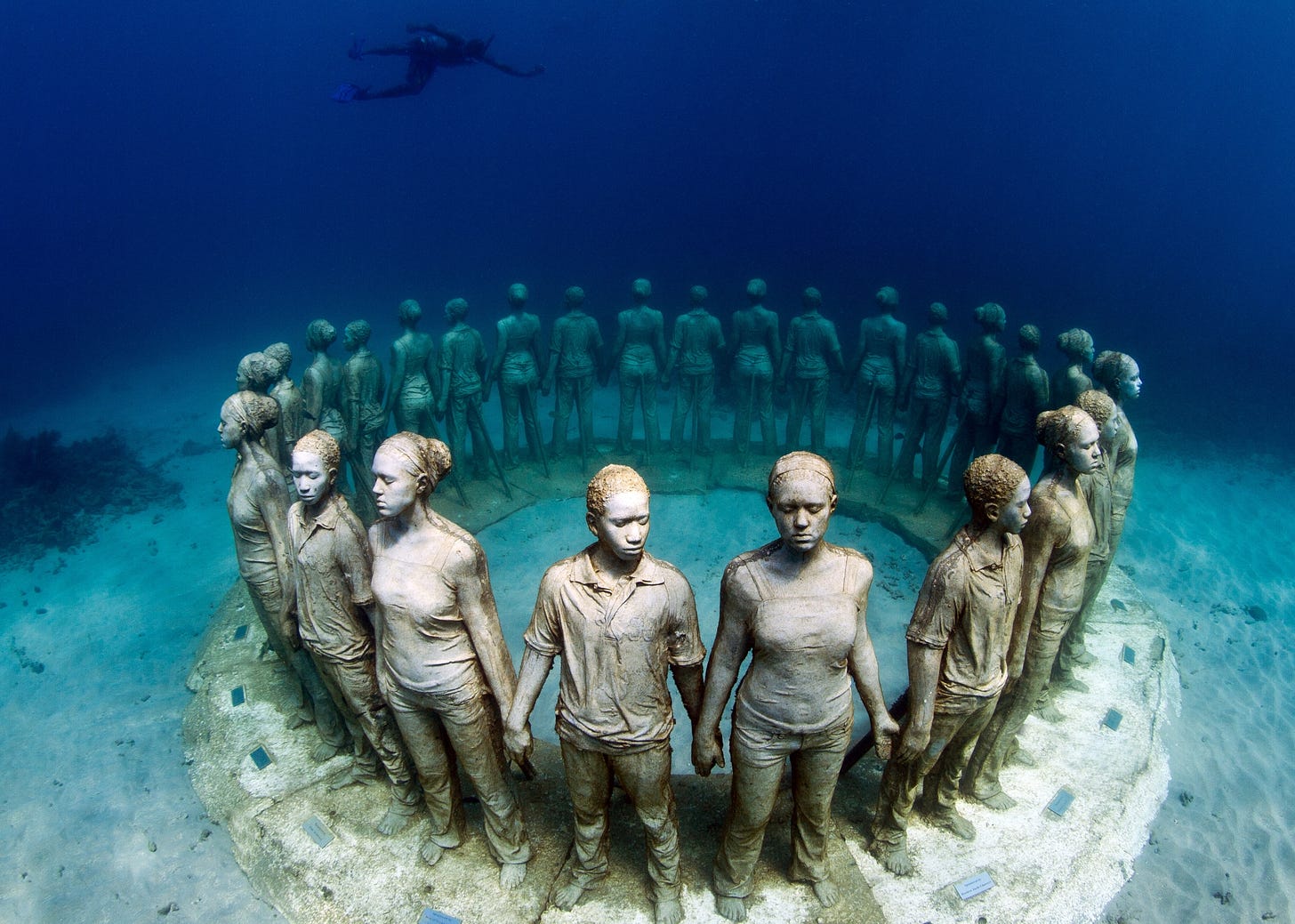The trans-Atlantic slave trade was banned by the United Kingdom in 1807 and the United States in 1808. In the years that followed, the UK strong-armed one European country after another into joining the ban. By 1836, each of the European nations that had enriched themselves by transporting captive men, women, and children to the Americas for sale as slaves had forbidden the slave trade.
But the trade was far from finished.
For decades more, hundreds of ships packed with as many as 1,000 captives each made the crossing. This illicit trade, conducted under constant threat of detection and arrest, was as savage as the legal slave trade. In some ways, it was even worse.
Suppression efforts also created practical inducements for slave traders to acquire children. Enslaved African children were more easily coerced than adults, an important factor in an era of coastal patrols, when traffickers needed to move captives quickly along coasts and onto ships. Children also did not require shackling, so the ship could dispense with tell-tale slaving equipment and have fewer crew members.

That passage is from The Last Slave Ships by John Harris.
Filled with painstaking archival work — Harris reconstructed complex criminal conspiracies a century a half old — The Last Slave Ships is a brilliant dissection of the trans-Atlantic slave trade’s final decades. It was illegal. The Royal Navy enforced the ban. Yet slavers continued to reap enormous profits that flowed into the trade’s last, unlikely headquarters: New York City.
John Harris is the McDonald-Boswell Associate Professor of History at Erskine College. I spoke with him recently. I know this is grim history but its importance, then and now, cannot be overstated, and I think you’ll agree that Harris is fascinating. Please have a listen.



